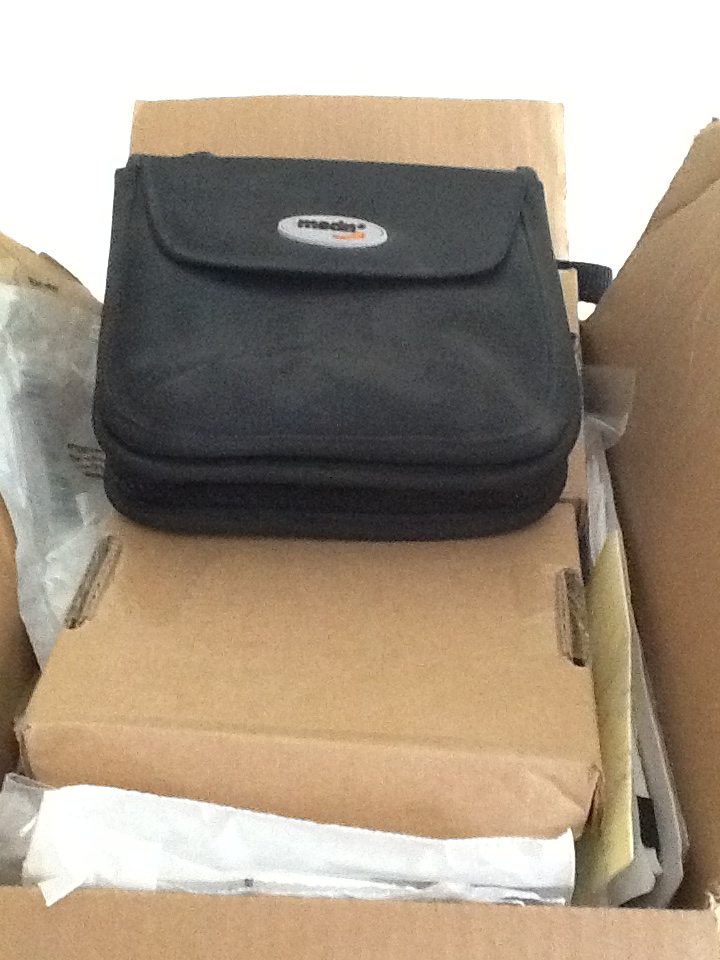
Recently, I had the need to test an edge case using a very old version of Microsoft Outlook. I thought this might not be so bad with the use of a virtual machine – perhaps I should have been a bit more realistic. Perhaps I should have listened to the advice in the MSDN subscription: “Write down these product keys and keep them in a safe place”.
I need to preface my story and advice with the fact that one should always follow the MSDN terms of service and should not violate any of the licensing agreements entered into with Microsoft.
The particular use case that needed to be tested involved Windows XP running Office XP. I found my box of old MSDN CDs and DVDs which I hold on to for just this occasion – at least this is what I tell my wife each time she wants to recycle the entire box. After brushing off the dust, I found what I was looking for: Windows XP pro, Office XP. I fired up VMware and created a new VM instance not using the “easy install” so that I could tweak things. 35 minutes into the install of Windows XP, I was prompted for a product key. I was stricken with panic. I went back to the dusty box to find the documents that shipped with the media. I could find product keys for everything but Windows XP, I then discovered that of course I needed to download this key from the MS website (which no longer exists). I thought, “wait this is a retail version of MSDN, so I “own” the keys”.
I called Microsoft MSDN support hoping that they would have the keys in an old database. They were very helpful. The person on the phone attempted to look up the MSDN subscription that was attached with the media I was using. Of course, it was too old to be on record due to how they purge data after a period of time. The person I spoke to did give me a glimmer of hope when he suggested that I sign-in to the MSDN product keys page. He said that if I had previously downloaded the keys, they should be there. With little hope (due to my discovery of the MS data purge practice), I signed into my MSDN account online. To my dismay, these keys were too old and no longer associated with my account. Fortunately, I did manage to write a few keys down, one of which was for Office XP but not Windows XP.
Back to the drawing board. I looked through my box of disks to find a copy of Windows server 2003 with a product key. Bingo! I installed it. I attempted to install Office XP. “Sorry your windows components need to be updated.” I did a bit of googling and found that in addition to updating the components, I would also need to update the .net framework. I went back to my box and found my copy of Visual Studio 2003 – It would have all of the needed .net files. I installed Visual Studio 2003 with ease and installed the proper Visual Studio service packs. I went back to update the windows components (I had to search for this on one of the MSDN disks – luckily, it was on the same DVD as Office XP though not well labeled). Finally, I was at the point of installing Office XP, and it installed with ease.
I fired up Outlook and configured it to use an IMAP mail server (gmail). I did some preliminary testing and realized that my emails were not being sent out. I verified my configuration settings. Back to google I went and found that I needed to install Office XP service pack 3 in order to use IMAP based mail. I should have known to install the service packs! I found the service pack, installed it and voila, everything worked.
One might think that this experience would lead to Microsoft bashing. I have to admit that I was a bit frustrated with the many hoops I had to jump through but I have to give credit to Microsoft for taking the time to talk to me about a very old MSDN subscription and for still allowing the use of these old products for development and testing purposes. So why share this rather bland story? My hope is that you can save a bit of time and hassle in the future by doing a few simple things now:
- For those who have an active MSDN subscription, write down all of your product keys and keep them in a safe place. You can’t count on them being kept even by Microsoft. Had I done this, I would have saved lots of hassle.
- It’s also a good idea to hold on to your MSDN subscription media (at least the latest releases of the products), so that when you need to go back to an old product you’ll have it on hand.
- Download the service packs, burn them to DVD and clearly label them so that you will have a working copy of the software.
- Remember, that if you had a valid MSDN subscription, you can use the software to design, develop, test, or demonstrate your programs even if the subscription expires.


